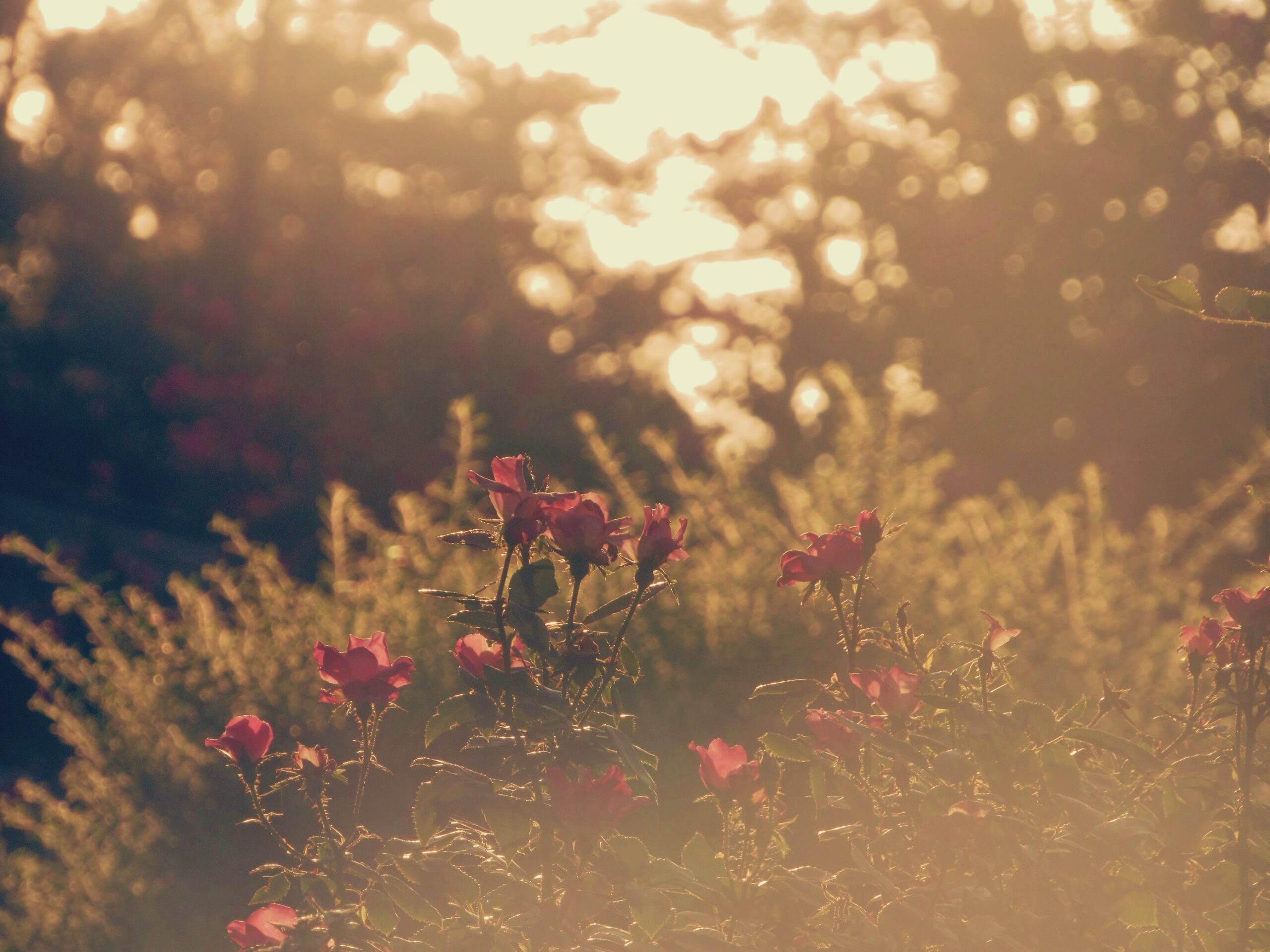As seniors now live longer and more robust lives in their third age, many postpone the role of wise elder to embark on new and exciting roles, often reclaiming and following the path not taken a lifetime ago, or discovering entirely new passions and identities. This Third Age Ritual accompanies them through the transition from old identity to new, acknowledging and honoring the past and embracing the future in a process of liminal transition.
Long lives are not the problem.
The problem is living in cultures designed for lives half as long as the ones we have.
–Laura L. Carstensen, director of the Stanford Center on Longevity
To everything, turn turn turn,
There is a season, turn turn turn,
And a time to every purpose under heaven
–The Byrds, “Turn, Turn, Turn”, adapted from Kohelet 3:1
Introduction
We are well aware that our life expectancy is much longer than it used to be, and the additional years are often as long as what used to constitute a full lifetime. Our social and cultural life patterns, however, have not adjusted to these changes, with the consequence that many people continue to be alive and relatively healthy for decades after they have outlived their professional, social, or even direct family roles and responsibilities.
As the Director of the Stanford Center on Longevity reminds us, “Thirty years were added to average life expectancy in the 20th century, and rather than imagine the scores of ways we could use these years to improve quality of life, we tacked them all on at the end. Only old age got longer.” (“We Need a Major Redesign of Life,” The Washington Post, November 29, 2019.)
Until the various stages of life are altered to account for this much longer lifespan, many people are thinking and writing about how best to currently approach, and productively and creatively live out, this “Third Age.” For the first time in history, perhaps, many people now have a long period before infirm old age that is vital, free of economic and child-rearing responsibilities, and with the accumulated resources and experiences to engage fully in public life. Moreover, a large proportion of these “seniors” are single women, either through divorce or widowhood.
Jewish communal life and ritual has not kept pace with these developments. Synagogue life, apart from formal services which in any case most contemporary “women of a certain age” did not learn or participate in fully, continues to be primarily family oriented. Life-cycle events for an individual skip right from marriage to funeral, leaving a span of 50 or more years. In this kind of paradigm, older women especially encounter a gap that renders their lives invisible in Jewish ritual. Jewish programs designed specifically for “seniors,” like “Wise Aging” and “Aging to Sage-ing,” are oriented primarily toward acceptance of and preparation for decline of physical vitality or health, loss of various kinds, and passing on of legacy.
The reality, however, is that many people are already seizing the opportunities of this unprecedented later life stage of freedom and vitality, and embarking on new careers, advanced degrees, serious artistic and other creative endeavors, international travel and volunteerism, social and political activism, and many other new or previously unfulfilled dreams and ambitions. Some seek to become “wise elders” in their communities; but many also embark on very different kinds of roles and activities.
Like any life transition, this one too would be enhanced by a formal and intentional ritual, marking what is being left behind and what new identity is being assumed. I have designed this “Third Age” ritual to assist people in acknowledging and marking their transition to this new life stage of freedom and new purpose and meaning, and to effect this transition in a context that invites and holds the transcendent. The catalyst might be retirement, launching one’s youngest child and thus becoming an “empty-nester,” a milestone birthday, or simply the desire to identify and mark this transition from old identities and responsibilities into a new sense of purpose and meaning.
This is essentially a transition and initiation ritual, marking the passage from one stage of life into a newly identified stage. The goals are to clearly mark and effect the transition; to identify, name, and mark the old identities which are being left behind, honor their significance, and mourn their passing; to experience a ritually symbolic passage from old stages to a new stage of life; to identify and claim once-postponed or perhaps entirely new identities and life significance; to name and ritually assume the new identity; and to imbue the entire transition with spiritual significance. The intended ultimate effects are to place this transition in a wider context of life stages, and broader personal, emotional, social, and spiritual significance.
I. Underlying Assumptions and Framework
While men also undergo this transition, I have designed the ritual with women participants in mind, partly because of their more dramatic passage as post-biological fertility and as “empty-nesters.” The ritual could be easily adjusted for men, after some consultation with them.
Women’s lives are often characterized by caring for others as mothers, wives, homemakers, and caregivers to elderly parents in their personal lives, and often too in their professional lives in the more traditionally female professions as teachers, nurses, therapists of various kinds, social workers, and even HR professionals. This ritual therefore is designed to reverse the role, and pay special attention to create a container for gently holding and taking care of the participants; part of the transition is to turn the focus onto self, and the higher Self.
There is a deliberate mixing of secular and Jewish ritual, and a deliberate focus on more familiar Jewish ritual acts, such as blessings for lighting candles and drinking wine.
II. The Components
Who – One or more women making a transition from the work of middle age (family and professional) to a new role and purpose, accompanied and witnessed by a circle of women friends (and perhaps family). All would be dressed in white, both to symbolise the death-and-rebirth of the kittel, and the purity-transition of the wedding dress.
Where – Ideally this would take place near a body of water (such as a river, lake, or the ocean) because of the association of Miriam with Mayim Chayyim, the waters of life, and with the mikveh of ritual purification and women’s specific rites. Realistically this is not practical for much of the year in many places (like Montreal where I live), so instead there will be ritualistic washing of hands — Netilat Yadayim. I would also recommend actual visit to a mikveh, either before or after this ritual.
When – The ritual will take place on Rosh Hodesh, the new moon and beginning of the month, traditionally a women’s festival and associated with the monthly lunar cycles of women. Women who are part of a Rosh Hodesh circle – as I am – might choose to perform the ritual in that context.
How – The ritual is designed to effect an experiential transformation, so activities have been included to engage all five senses. For the same reason, there is an emphasis on chants at various stages.
III. The Ritual
A. Create the Container
The attendants/witnesses, dressed in white, will usher in the participants and form a circle around them, while singing The Byrds’ 1960s popular song “Turn, Turn, Turn” – the lyrics are adapted from the King James translation of Kohelet. The protective archangels, encompassing all directions, will be invoked with their song. Shehekhiyanu will be sung.
Ritual Handwashing – Netilat Yadayim – will be done by the attendants pouring water over the hands of the participants, with the blessings. Candles will be lit, with the blessings.
B. What is Dying?
Participants will name out loud what is “dying,” the things and stage of life that they are leaving behind. They will write these on long strips of coloured paper. They will attach these strips to a large Tree of Life – Etz Hayyim – which has been created out of paper. The attendants/witnesses will be singing and chanting Ana B’Koakh, the song sung for Sefirat HaOmer, Chanukah, and Kabbalat Shabbat (“untangle our tangles”).
C. What is Waiting?
Attendants will chant Psalm 92: “They shall yet yield fruit Even in old age.” Participants will identify and name out loud those unclaimed, unfulfilled, and/or new desires, hopes and dreams they wish to pursue in this new phase of life. They will write these on long strips of colored paper. They will attach these strips to the Tree of Life – Etz Hayyim. The attendants/witnesses will be singing and chanting Ana B’Koach (recommended: the Skolyer Rebbe’s version, attributed to the Baal Shem Tov, as found on Rabbi David Seidenberg’s website).
Musical Interlude – Lekhi Lakh Debbie Freidman)
Participants will claim their strips of paper – both those things that are being left behind, and the new things being claimed.
D. Sacrifice
All the strips of paper will be burned together in a large metal bowl. The ashes will be retained. The attendants will be singing/chanting Or Zarua (recommended: melody by Shir Yaacov Feit)
E. Vows
In a closing circle surrounded by the attendants, the participants will name out loud their new role, and/or the new Hebrew name they have chosen. Each participant will receive a small clay urn containing the mixed ashes from their sacrifice.
F. Closing
Concluding ritual hand-washing, with each participant having their wrists anointed with aromatherapy oil. The attendants will sing/chant “Turn, turn, turn.”
G. Celebration and Seudah
Blessing over wine, festive meal, and singing and dancing, starting with Lecha Dodi (recommended: Andalusian version by Aaron Bensoussan).










